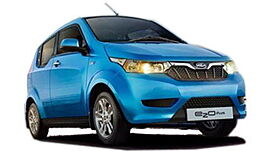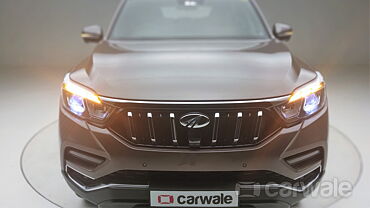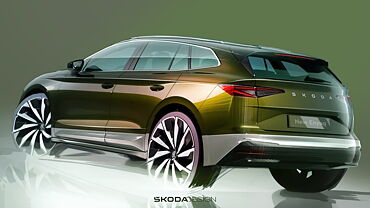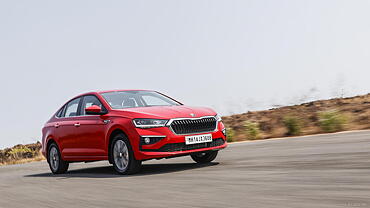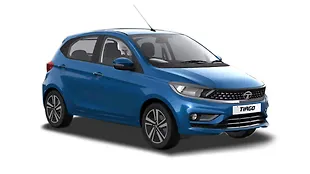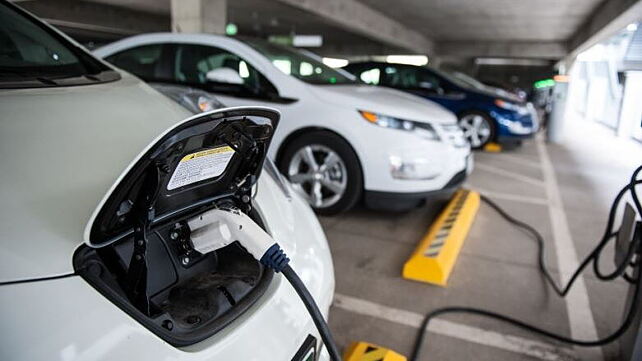
National Institution for Transforming India (NITI Aayog), Indian government’s policy think-tank establishment has provided a host of recommendations that would see a massive shift in automotive sales and consumption in India.
In a 90-page report, the establishment has asked the government to lower the tax and interest rates for loans on electric vehicles. Capping the sales of petrol and diesel cars are also part of this report, which should be uploaded for public viewing in the next few weeks. Another suggestion is to use tax revenue from the sale of petrol and diesel vehicles to set up charging stations for electric vehicles. This report focuses only on electric-vehicles and not on hybrid vehicles, which the government previously did with the FAME initiative.
India plans to slash its oil import bill to half by 2030 and also reduce the emissions as a part of its commitment to the Paris climate treaty. The government knows that the poor sales of electric vehicles is because of high battery costs and lack of proper infrastructure for charging. In order to kick start this massive shift, NITI Aayog has suggested bulk procurement of electric vehicles, building standardised, swappable batteries for two- and three-wheelers to bring down their cost and having favourable tariff structures for charging cars.
The think-tank has also recommended to set up battery swapping stations by 2018, common manufacturing facilities for components and increase subsidies on all battery-run electric vehicles to bring down their cost on par with conventional models by 2025. There are other suggestions like lowering tax and interest rates on loans for taxi fleet operators and also reducing the duties to make these cars more affordable.
These suggestions and recommendations are the most radical ones yet. But it would be interesting to see if the current government plans to adopt this shift since that would see most of the Indian manufacturers shifting their investment to EVs. Right now, the National Electric Mobility Mission Plan (NEMMP) 2020 which aims to have seven million electric and hybrid vehicles by 2020 isn’t looking great as the government hasn’t gone aggressive on this plan.
Source : reuters

